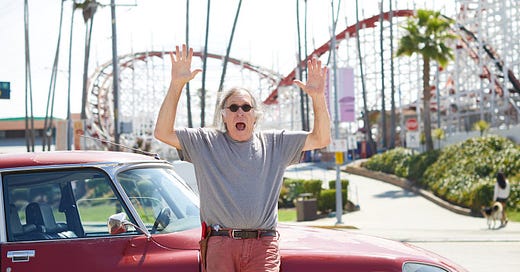Randall Grahm and the magic of grenache
As I am sure you are aware, it’s Grenache Day today, 15 September, so I’m celebrating my favourite grape with a look at one of its great champions.
The wines of Randall Grahm were as much part of the ‘90s Oddbins experience as illustrations of Ralph Steadman or the haphazardly charming service from hungover staff. So much so that Patrick Matthews wrote: “If he hadn’t existed, you feel, Oddbins would have to have invented him.”1
Keep reading with a 7-day free trial
Subscribe to Drinking Culture to keep reading this post and get 7 days of free access to the full post archives.



